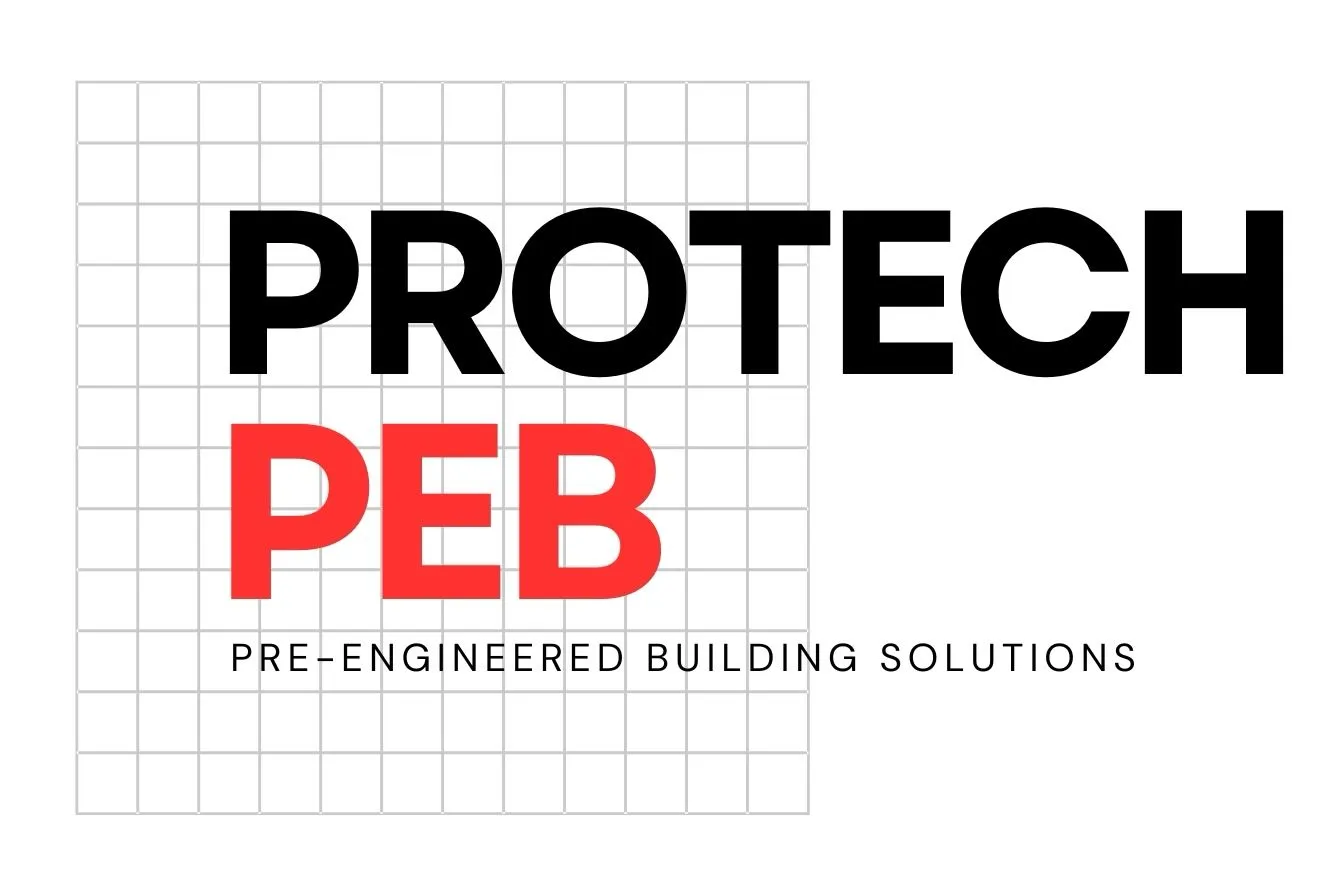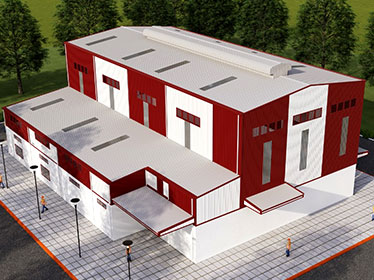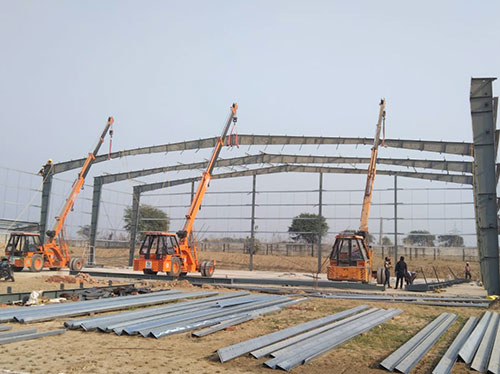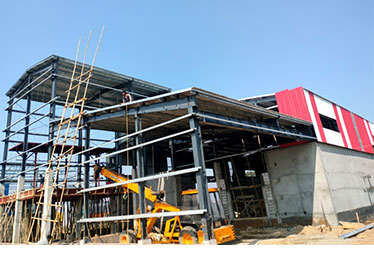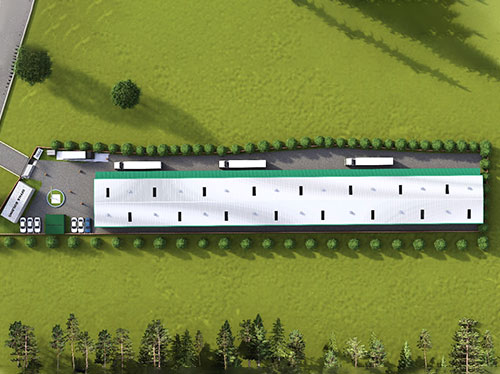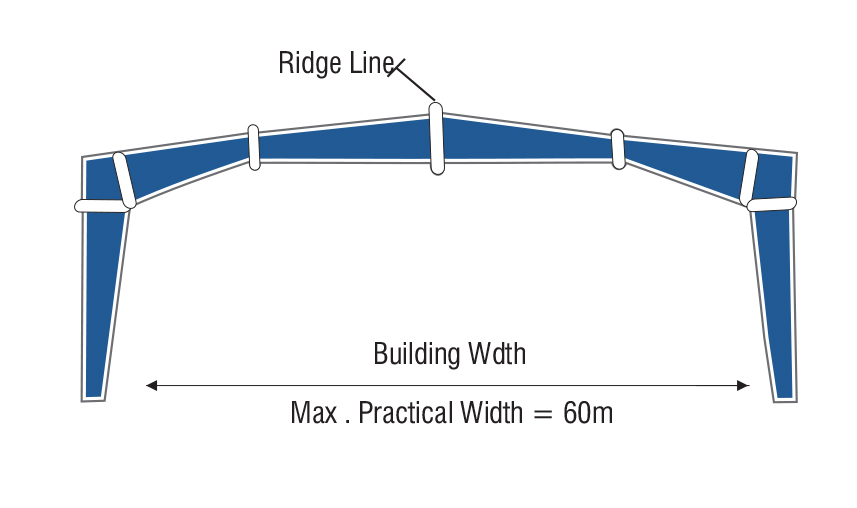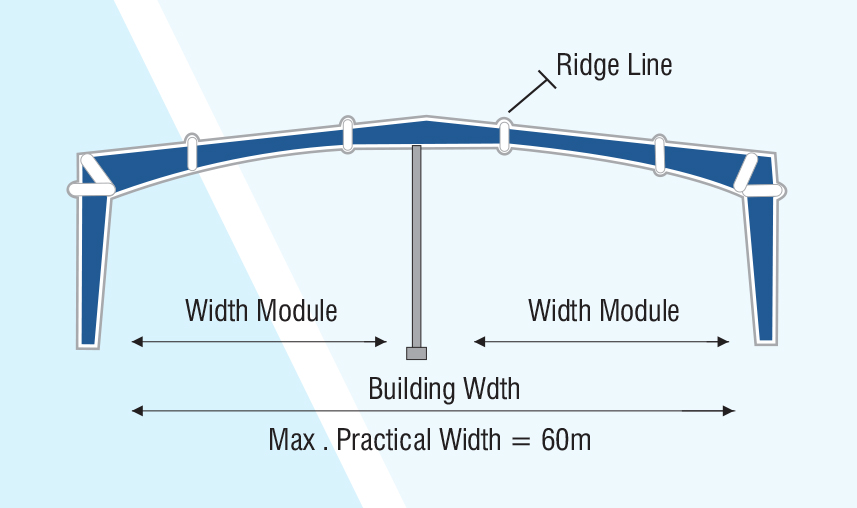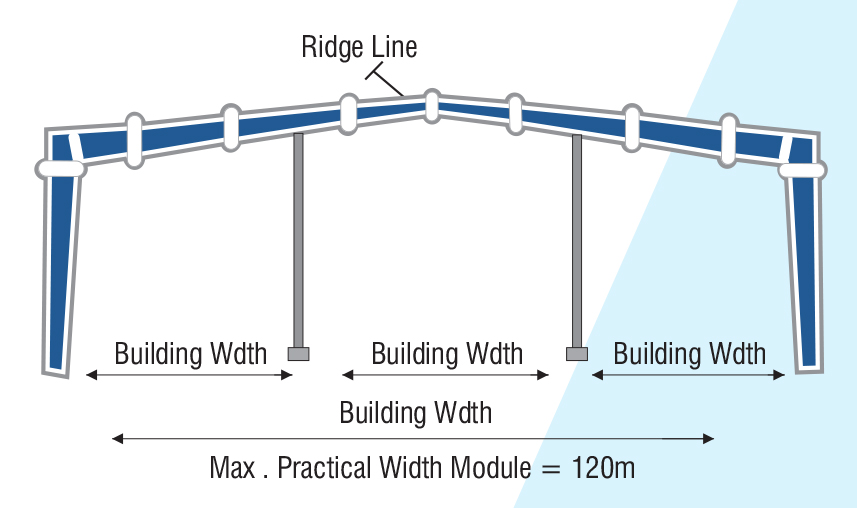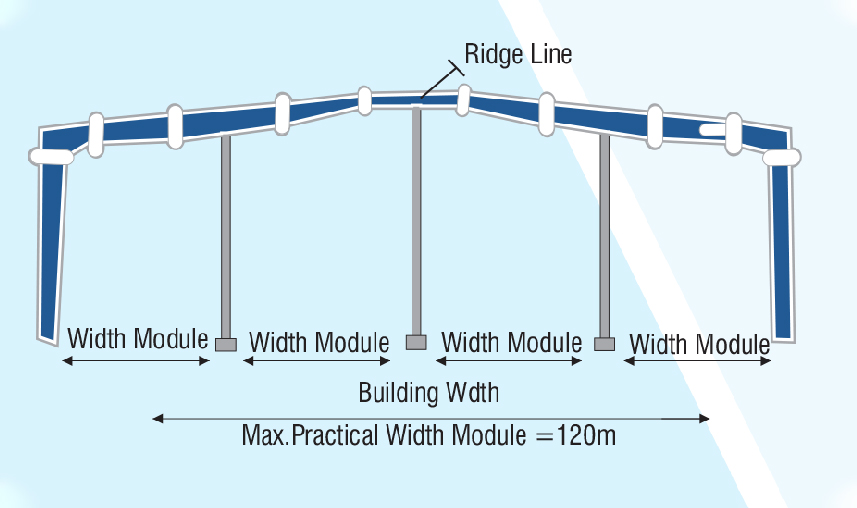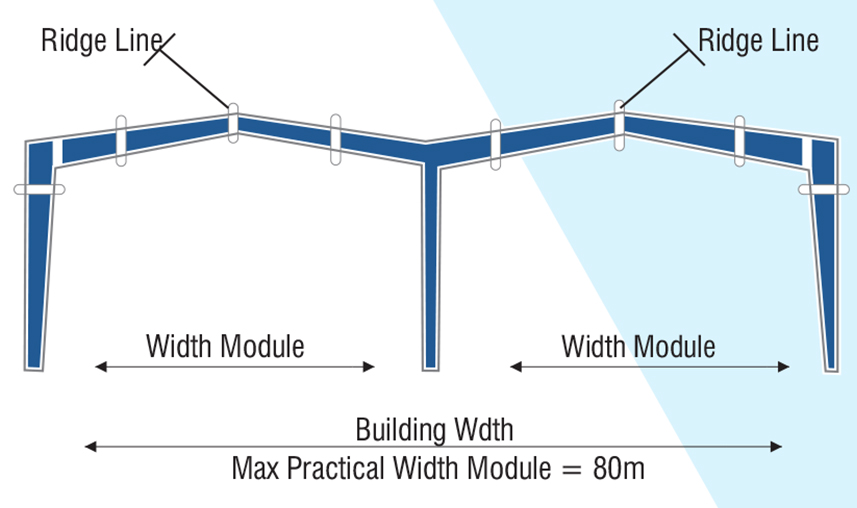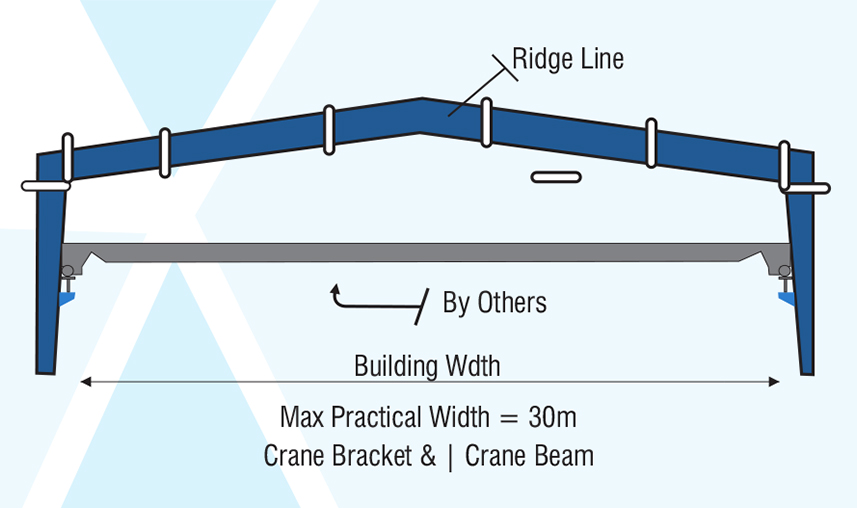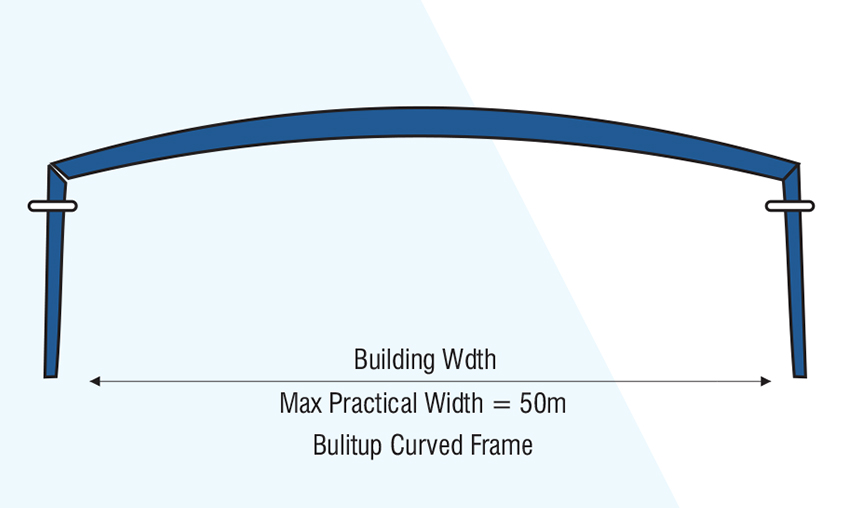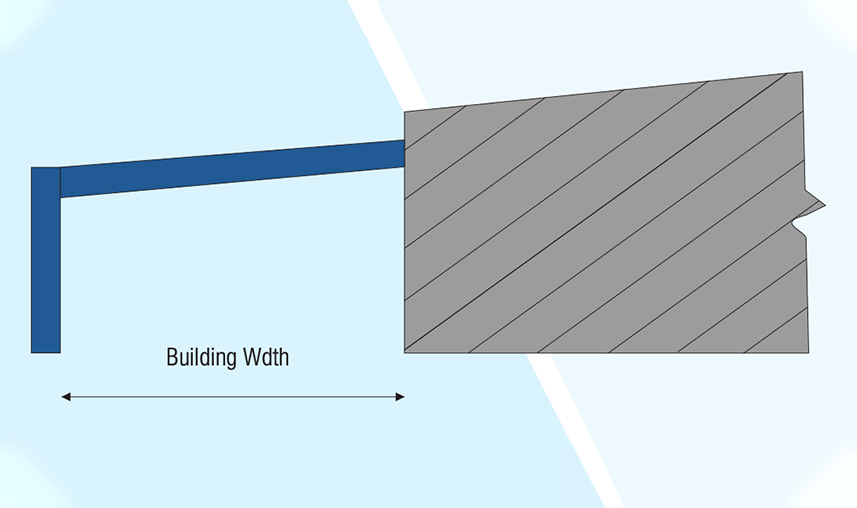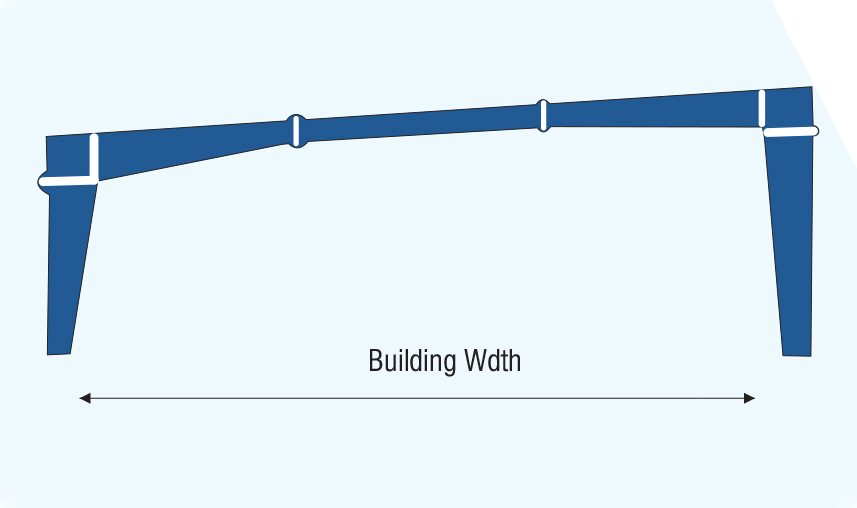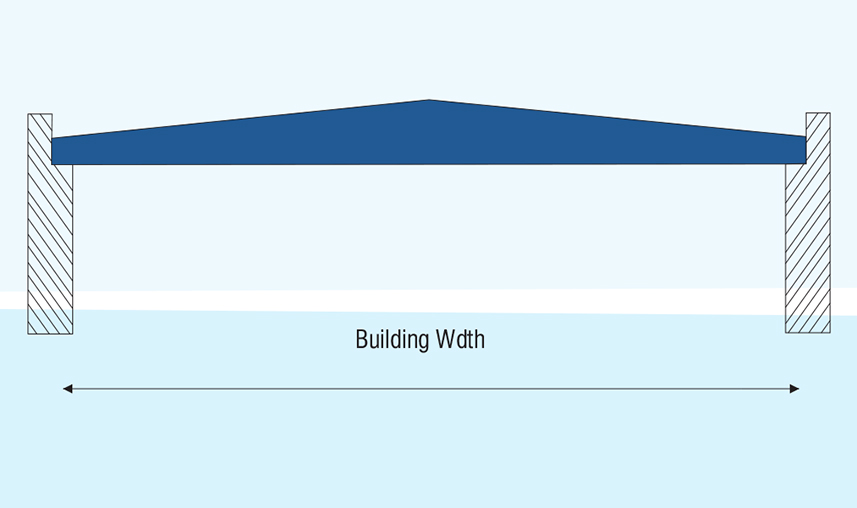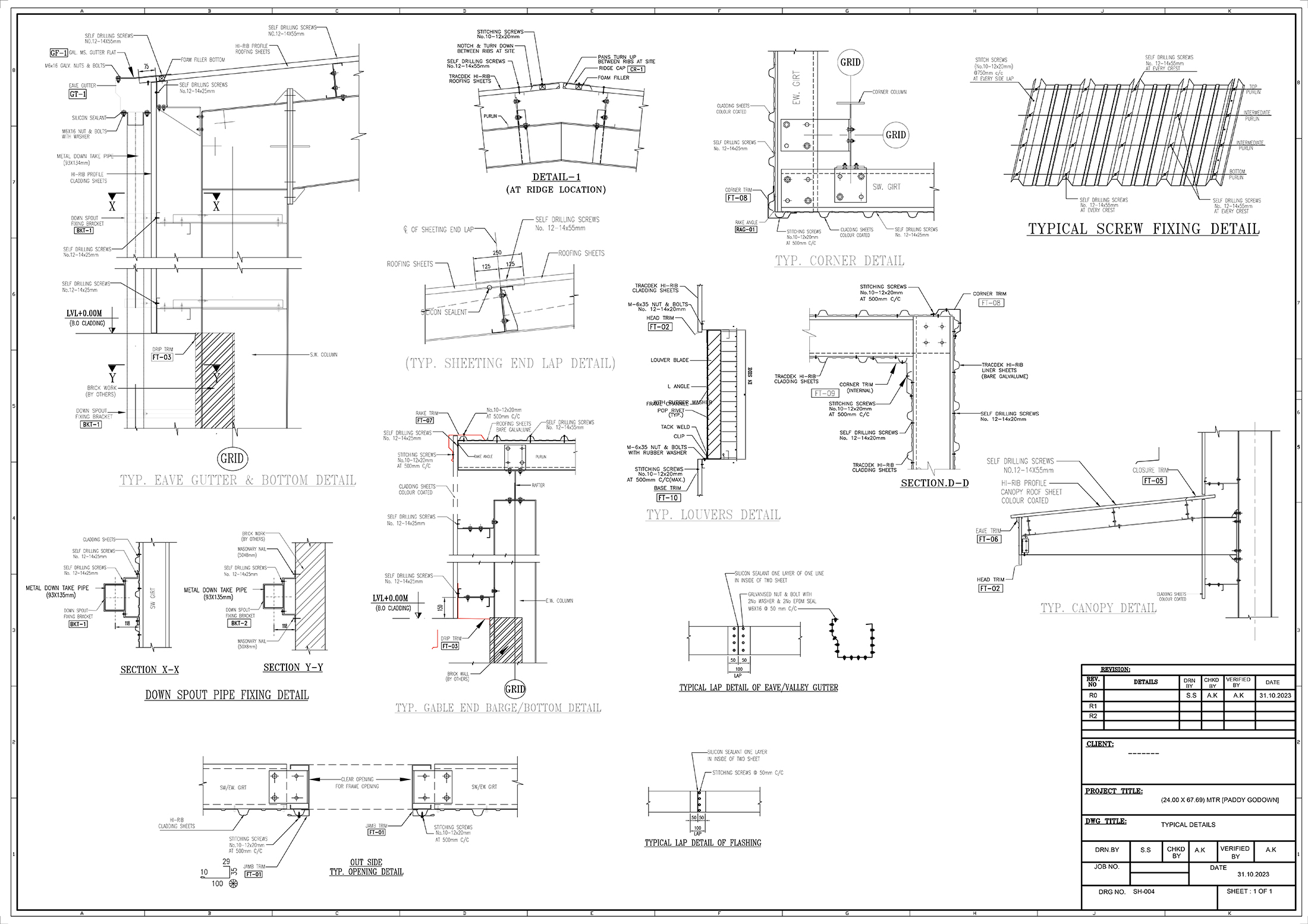View All Products
Know More About "Hot Products"
Know More
Benefits of Pre Engineered Buildings
Economic & Cost Effective
Industrial Pre engineered buildings are more cost-effective and affordable due to flexible design, reduced construction time, and lower material wastage.
Quick Installation & Erection
Pre Engineered Building Structures provide faster construction and simple erection than traditional buildings, saving you time and labor costs
Needs Low Maintenance
These building structures are made up of high-quality materials and superior-grade components that make them easy to maintain.
Structural Integrity
PEBs are more durable, stable, corrosion-resistant, and can withstand severe environmental conditions.
Flexible Design & Construction
Commercial Pre Engineered Buildings can be easily expanded or modified in the future to accommodate changing needs.
Customization Options
PEBs offer various design and finishing options to meet specific functional and aesthetic requirements.
High Energy Efficiency
PEBs can incorporate insulated facets & walls and other energy-saving features to reduce long-term operational costs.
top Quality Construction Solutions
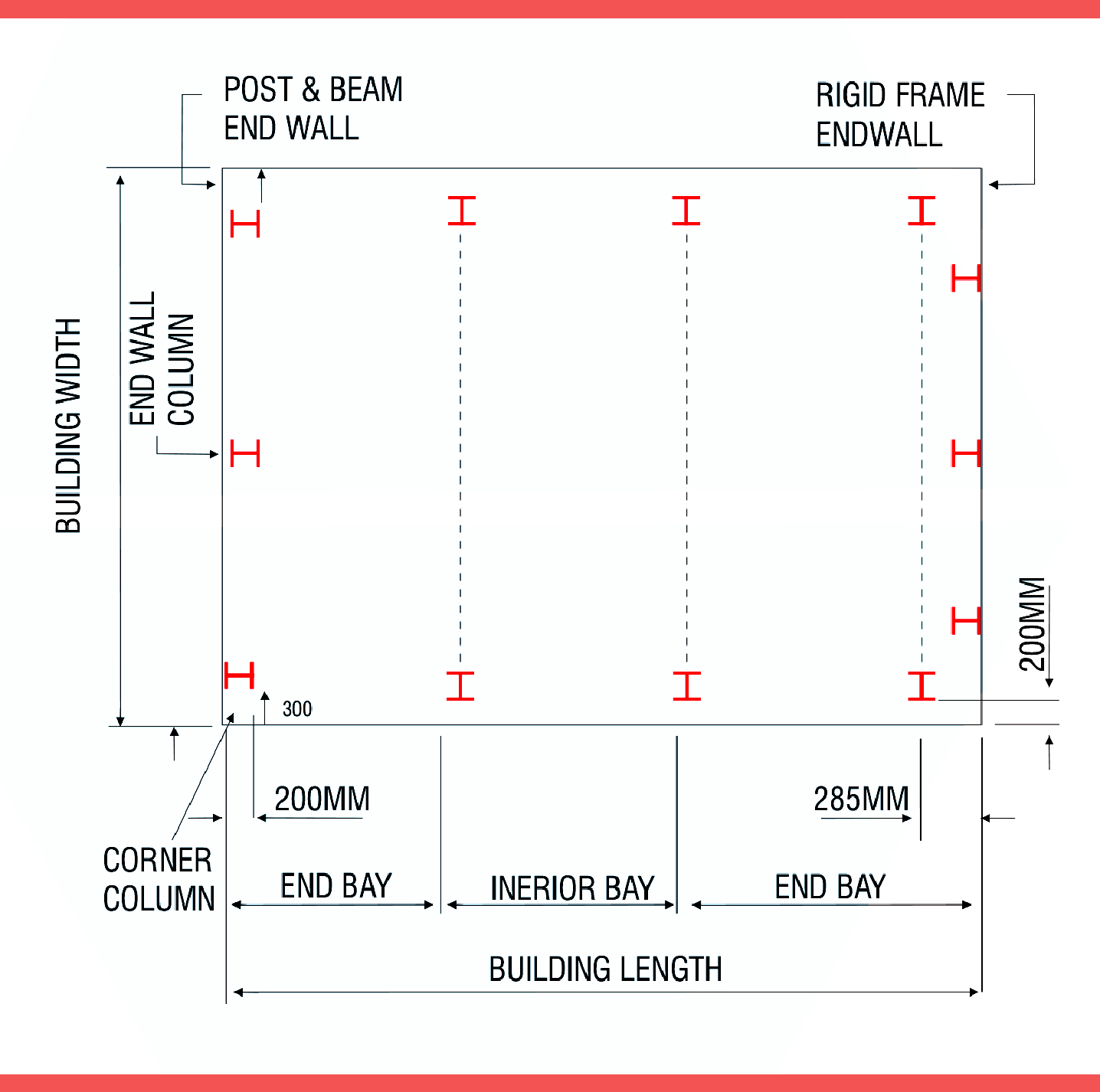
Other Details
Basic Building Parameters
Building Height
Building height is the eave height, Which is usually the distance from the bottom of the main frame column base plate to the top outer point of the eave strut. When Columns are recessed or elevated from the finished floor, eave height is the distance from the finished floor level to the top of the eave strut.
Building Length
Building length is the distance between the outside flanges of end wall columns in opposite end walls. It is a combination of several bay lengths.
Building Width
Roof Slope
Other Details
Pre Engineering Basic Dimensions
End Bay Length
Interior Bay Length
Design Loads
Design Wind Speed: 130 km/hr, 3 Sec gust
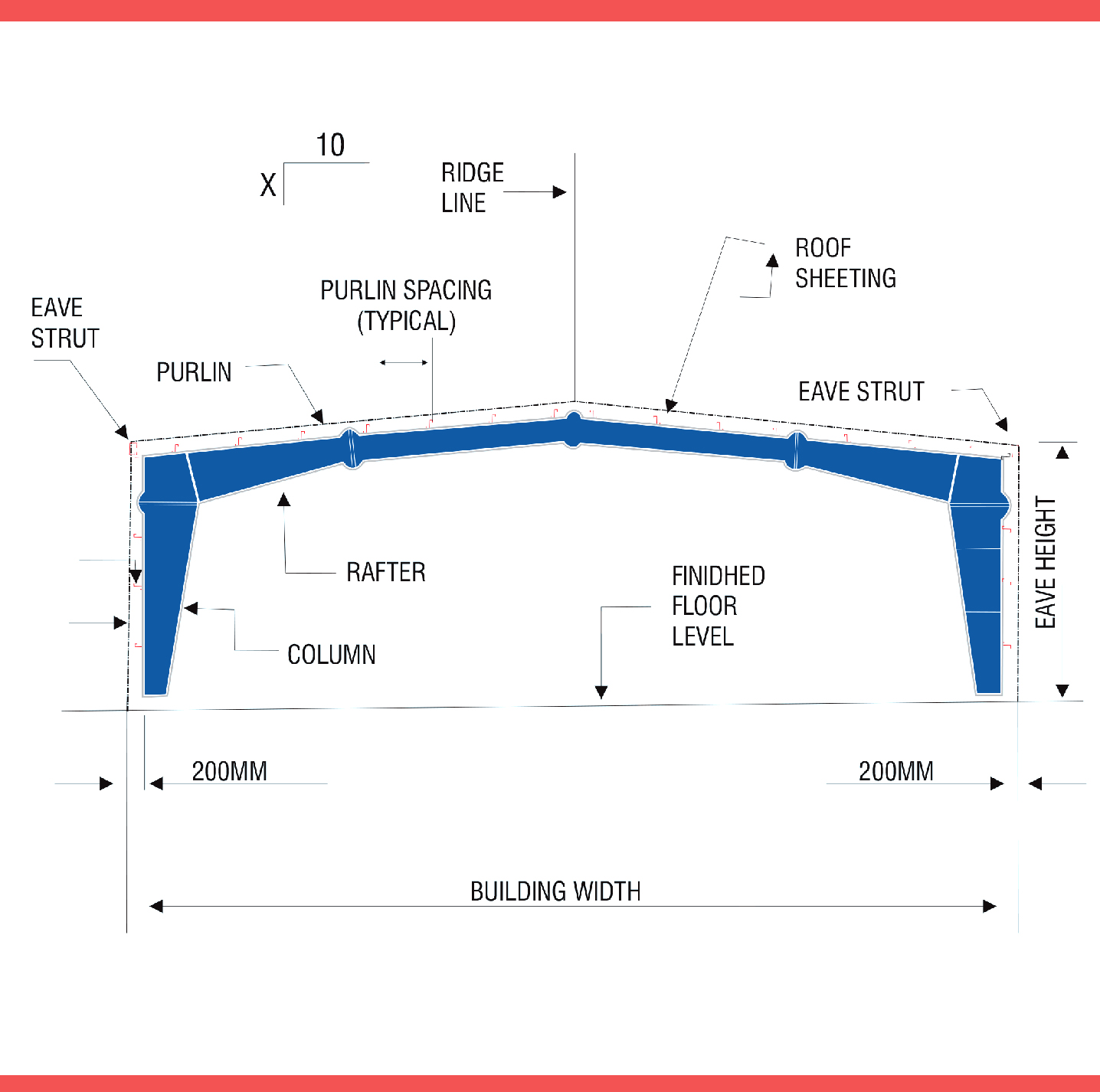
PROTECH Pre-engineered Building
Primary Framing Systems
We Improve your Business Efficiency
If you’re looking for complete pre-engineered building solutions, request a quote now or contact our team for more information!
Phone : +91-9218044741
Plot No. 8A, 1st Floor, Opp. Jain Dharm Kanta, Loha Mandi, Ghaziabad(U.P.) – 201009
